Os nossos parceiros
Confiado por
mais de 1000 Provedores de Soluções de TI e Empresas
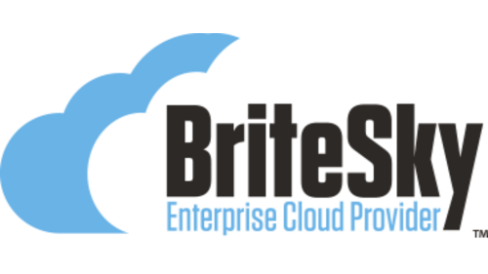
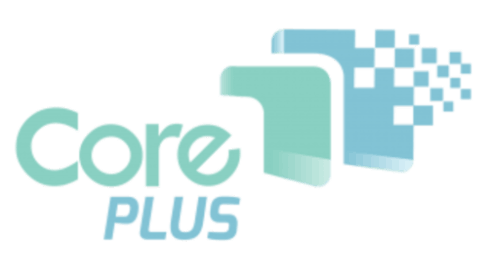
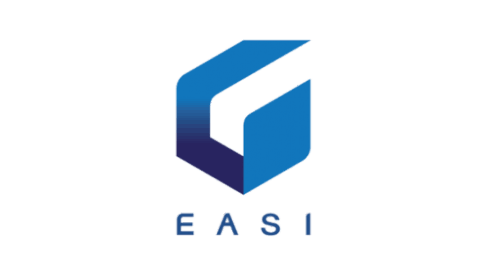
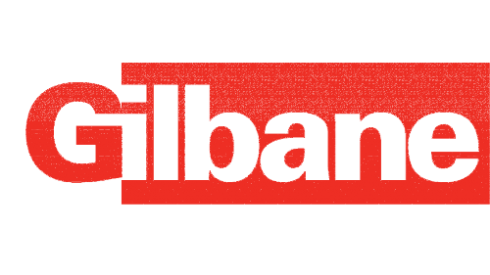
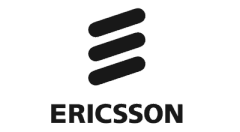
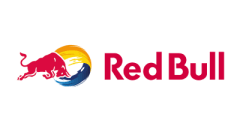

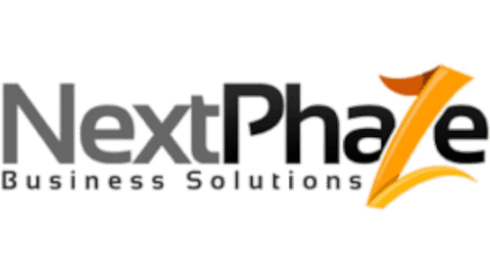
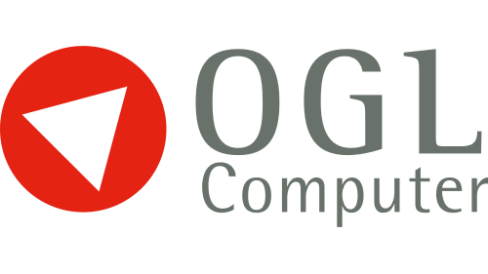
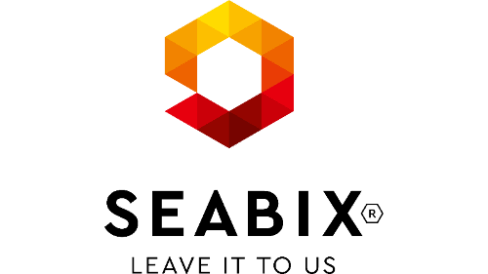

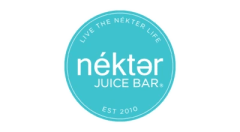
A solução de backup remoto do CentreStack é agnóstica em relação ao armazenamento, permitindo que você hospede o servidor de backup e defina o serviço de armazenamento de destino por conta própria.












Todos globalmente têm acesso aos mesmos arquivos, que estão sempre atualizados e corretos, a partir de um sistema que também é seguro e fácil de implementar.

CHRISTOPHER JESMAN
Diretor
Antenas Panorama
Agora podemos ir a qualquer prestador de serviços de saúde na Holanda e dizer que tudo está funcionando de acordo com as regulamentações de saúde holandesas.

ROB CHRIST
Diretor & Co-proprietário
Damecon
O CentreStack é a melhor solução de substituição de servidores de arquivos no mercado. Eles não estão apenas liderando o mercado, mas basicamente criaram um novo mercado.

STEPHEN MONK
CEO
Noverus
As empresas tradicionalmente utilizam dispositivos locais para armazenar seus arquivos de backup de servidores e desktops na rede corporativa. Embora essa seja uma solução segura porque os dados são armazenados no dispositivo, o acesso aos dados de backup a partir de dispositivos remotos é um desafio. Dispositivos remotos nem sempre estão dentro da rede corporativa, e a VPN de dispositivos remotos nem sempre está disponível para atender a horários específicos de backup.
Existem soluções de backup na nuvem, como Carbonite e CrashPlan, que podem fazer backup de dispositivos remotos diretamente para a nuvem. No entanto, o destino do backup é controlado por uma terceira parte. Isso se torna problemático quando políticas corporativas impedem a replicação e armazenamento de dados em locais controlados por terceiros.

No modelo tradicional de backup empresarial, tudo é de propriedade do departamento de TI interno, incluindo o aparelho de backup. Isso é adequado para conformidade e regulamentação até que soluções de backup em nuvem de terceiros sejam introduzidas. Quando os dados de propriedade da empresa são salvos em serviços de armazenamento em nuvem, a propriedade dos dados é redefinida e os procedimentos de conformidade e regulamentação devem ser atualizados para incluir os novos serviços de backup em armazenamento em nuvem.
Uma boa solução é continuar a possuir os aparelhos de backup e definir o destino do serviço de armazenamento de backup, incluindo servidores de arquivos próximos ou contas de armazenamento Amazon S3 ou Windows Azure de propriedade da empresa. Um servidor de backup auto-hospedado oferece o controle e a propriedade que você deseja.

O backup na nuvem do CentreStack resolve ambos os problemas. Primeiro, o servidor CentreStack mantém a conexão com PCs remotos e servidores de arquivos através de HTTPS/SSL, então a conexão está sempre ativa. Isso significa que PCs remotos e servidores de arquivos podem sempre utilizar o canal de comunicação e dados do CentreStack para fazer backup através do appliance de backup do CentreStack. E porque o backup na nuvem do CentreStack é agnóstico em relação ao armazenamento e você pode fazer backup para um serviço de armazenamento sob seu controle, agora você pode fornecer backups contínuos de seus servidores de arquivos e endpoints para um serviço de armazenamento sob seu controle.
O CentreStack adiciona acesso remoto seguro e compartilhamento de arquivos, prevenção de desastres e recuperação, aos servidores de arquivos locais com fácil backup na nuvem para armazenamento em nuvem privada. É a solução de backup em nuvem privada e compartilhamento de arquivos privados que você estava procurando!
O CentreStack é hospedado de forma privada pela própria empresa. É privacidade por design, sem hospedagem compartilhada com outras empresas.
O centro de conformidade oferece recursos como listas de verificação GDPR e HIPAA.
Existem muitos parâmetros de controle, desde permissões, políticas de grupo e acesso até rastreamento de auditoria e registro de download de arquivos.
Medidas de segurança abrangendo dados em repouso, dados em trânsito, integração de autenticação com o Active Directory e permissões NTFS.
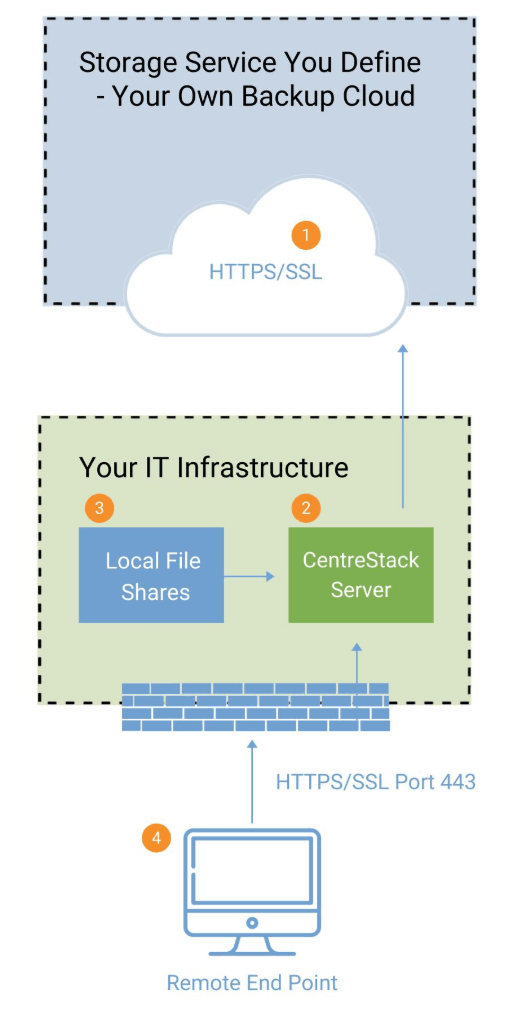
Planeje onde você deseja definir o destino do seu armazenamento de backup. Isso pode ser na nuvem da Amazon, na nuvem da Azure ou em outro data center de sua escolha.
Ative o recurso de backup na nuvem do CentreStack. Durante a configuração, defina o serviço de armazenamento de backup para o local escolhido.
O seu servidor de arquivos local é copiado para o local selecionado usando o servidor CentreStack.
Tanto os PCs remotos quanto os servidores de arquivos possuem software agente que os conecta ao servidor CentreStack através de HTTPS/SSL para backup e restauração.
O CentreStack funciona como um dispositivo de backup local. Por um lado, possui conectividade com dispositivos remotos e servidores de arquivos locais. Por outro lado, conecta-se a destinos de armazenamento em nuvem definidos pelo usuário para backup. Além disso, os recursos usuais de acesso remoto móvel e compartilhamento seguro de arquivos ainda estão presentes.
Crie uma aliança de backup gratuita que também ofereça acesso móvel remoto e compartilhamento seguro de arquivos.
Utilize HTTPS para o backup baseado em pastas de qualquer endpoint. Os snapshots armazenados no appliance são replicados para o destino de backup do CentreStack, que pode ser personalizado.
Você paga apenas uma pequena taxa de licença para cada usuário. Não há taxas de licença adicionais para servidores de arquivos ou dispositivos de usuários.
As unidades mapeadas atrasam os downloads até que os arquivos sejam abertos e armazenados localmente para acesso rápido no futuro, reduzindo significativamente o consumo de largura de banda e de armazenamento. Os usuários obtêm desempenho local ao trabalhar remotamente.
As transferências seguras de dados são iniciadas durante fluxos de trabalho naturais a partir de unidades mapeadas, aplicações móveis ou navegadores, de modo que os usuários não precisam aprender novos comportamentos seguros.
Proporcione a mesma experiência simplificada para usuários internos e externos, mesmo quando estiverem offline.

Dispositivos remotos conectados ao servidor CentreStack podem ser copiados para o CentreStack e para a nuvem.
Servidores de arquivos conectados diretamente ou remotamente ao servidor CentreStack podem fazer backup de compartilhamentos de rede para a nuvem.
As partilhas de rede dos servidores de arquivos são colocadas sob controle de versão para proteção adicional.
O backup de instantâneo está disponível para pastas no ponto final remoto ou em compartilhamentos de rede do servidor de arquivos.

Um servidor de arquivos local e uma nuvem remota podem trabalhar juntos para formar um servidor de arquivos em nuvem híbrida.
Os funcionários podem usar um drive mapeado para acessar arquivos e pastas sem a necessidade de uma VPN.
Aplicativos móveis para dispositivos iOS e Android estão disponíveis para acessar arquivos e pastas.
Arquivos e pastas e cópias de segurança estão disponíveis através de interfaces de navegador web.
Fale diretamente com um dos nossos representantes de vendas ligando.
Tem perguntas? Quer ver uma demonstração ao vivo? Entraremos em contato dentro de 24 horas.
Confira nosso centro de ajuda para respostas às perguntas comuns.